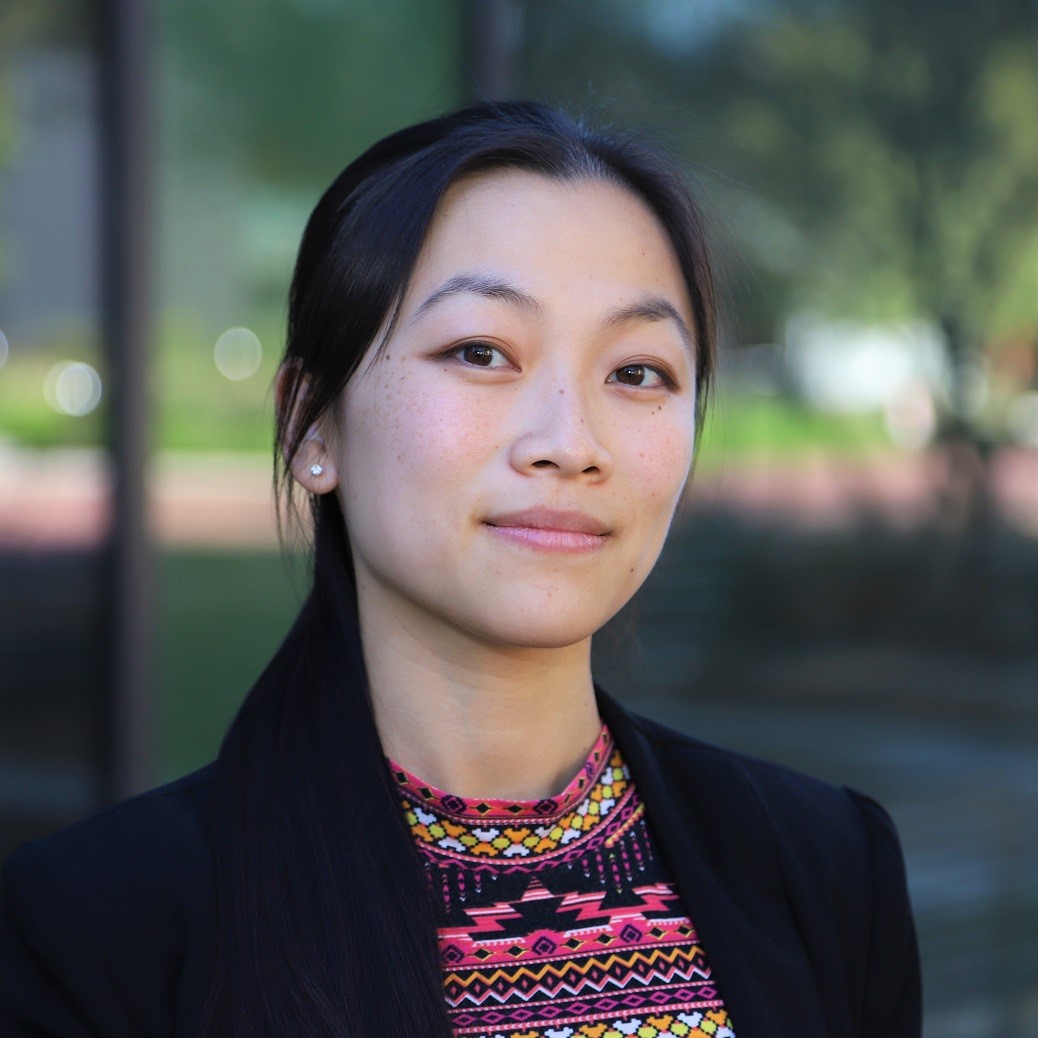
I’m an Assistant Professor of Electrical Engineering and Computer Science at the University of Michigan. I am also affiliated with the Michigan Neuroscience Institute. I received a BASc in Engineering Science from the University of Toronto in 2018, and a PhD in Control + Dynamical Systems from Caltech in 2023. My research interests include sparse control, distributed control, optimal control, and dynamical systems theory with applications in engineering, computational neuroscience, and related fields. Pronouns: she/her/hers.
Research overview
Neuroscience models using control and dynamical systems theory
Control theory is the study of how to manipulate a given dynamical system to achieve desired outcomes. If we consider an animal’s body as the dynamical system, we can interpret its nervous system as a controller — and we can use tools from control theory (e.g., linear quadratic regulator) to model the sensorimotor behavior of the animal.
In addition to modeling system behavior (e.g., how does the arm move), we can also model neural and neuromuscular activity using control and dynamical systems theory. This becomes a question of controller implementation — for instance, how would we build a controller using proprioceptors, neurons, and muscles? These organic components face unique limitations in terms of energy, speed, precision, and communication in comparison to engineered components (e.g., transistors and motors). One of our goals is to extend existing control theory and algorithms to incorporate these unique limitations. This will allow us to develop models that encompass both the external and internal workings of the animal. Another area of interest is applying dynamical systems tools to model and interpret data from biological neural recordings.
Recent works: [11, 14-15, 17-21] in CV
Control of large-scale systems under communication constraints
Large-scale systems (e.g., power grids, transport networks) are found in many different engineering and scientific disciplines. Engineers who seek to control these systems face unique challenges. For instance, communication limitations between subsystems or the sheer number of subsystems may make centralized coordination infeasible or prohibitively expensive. In the absence of centralized coordination, it becomes more difficult to make theoretical guarantees (e.g., on optimality and convergence). Our goal is to develop theory and algorithms to address these challenges.
Recent works: [10, 12-13, 16] in CV